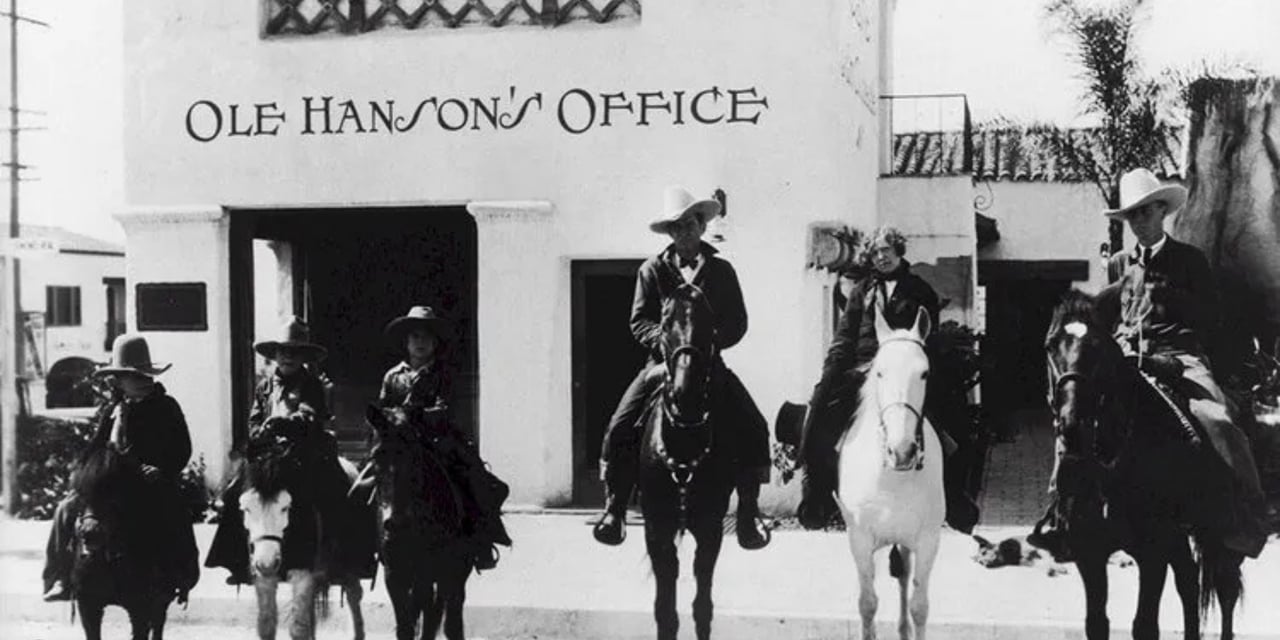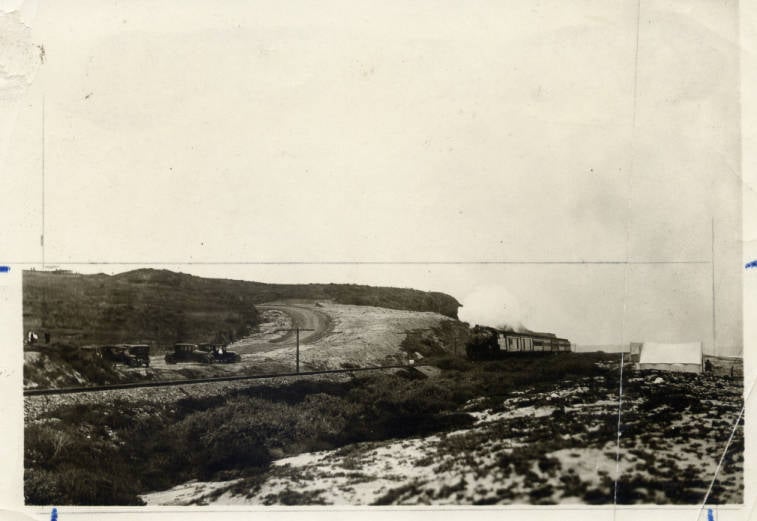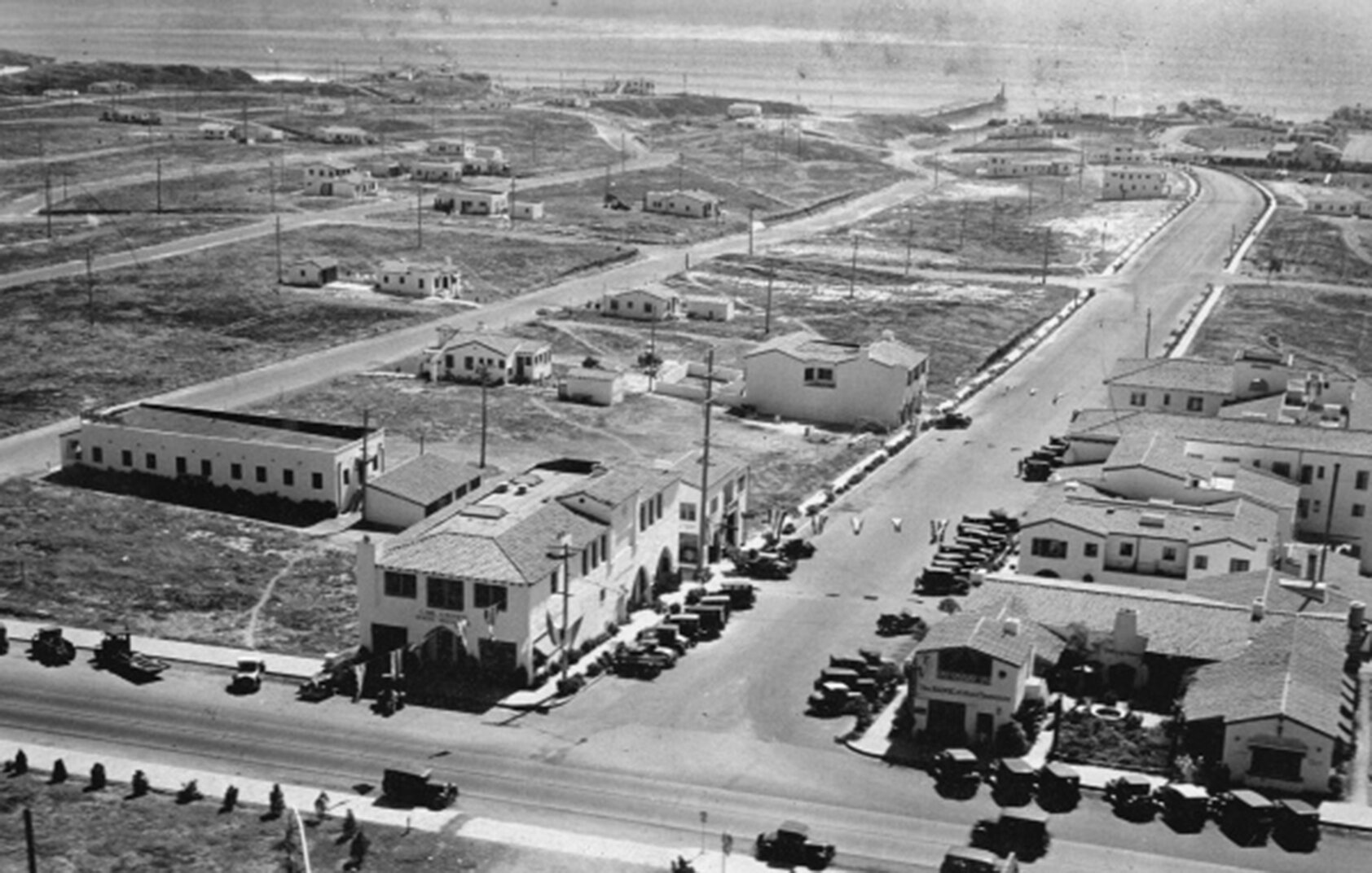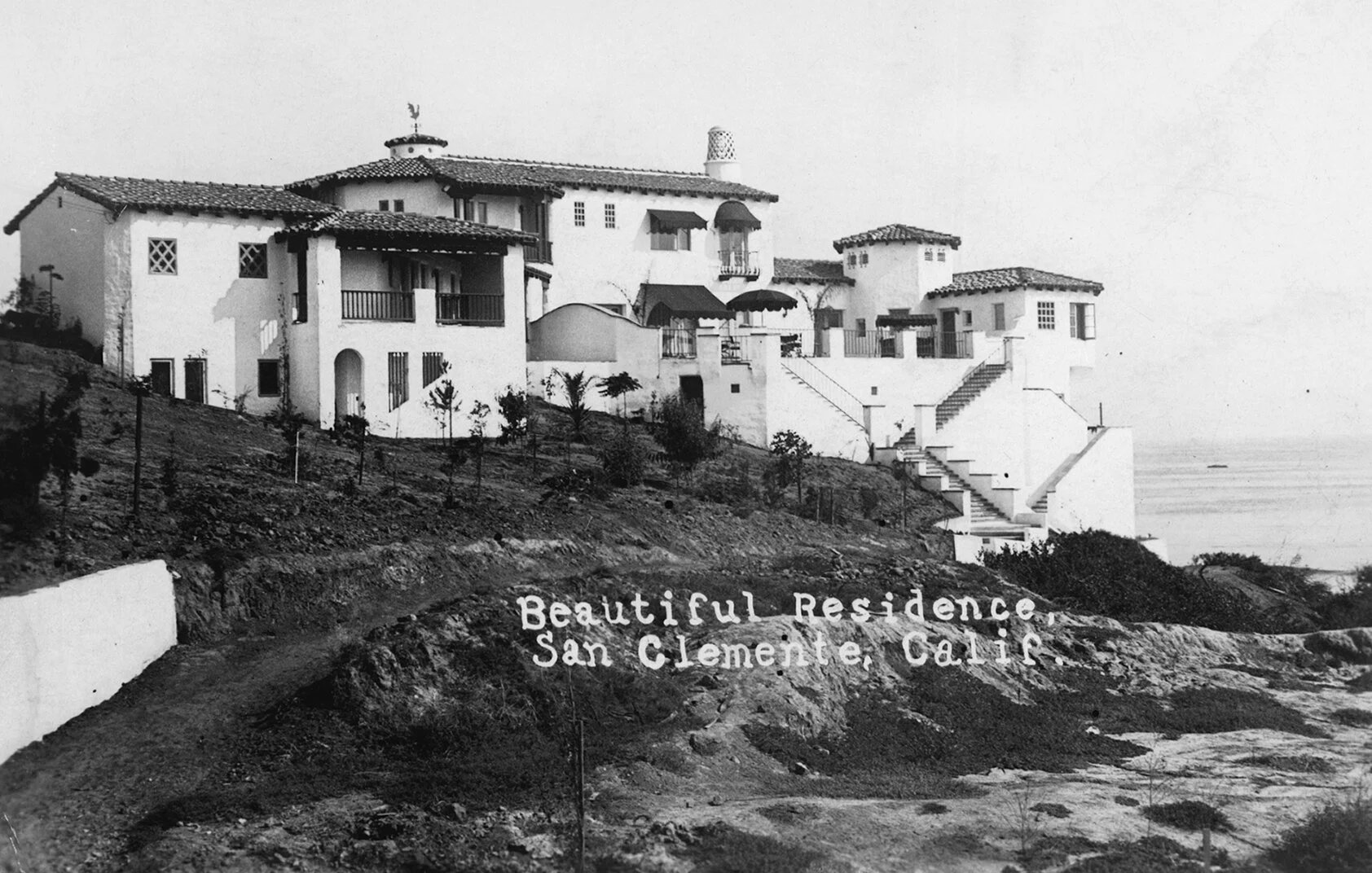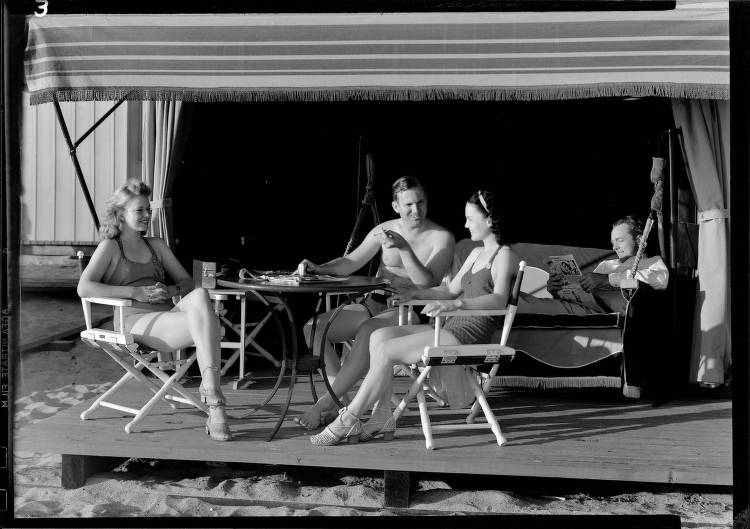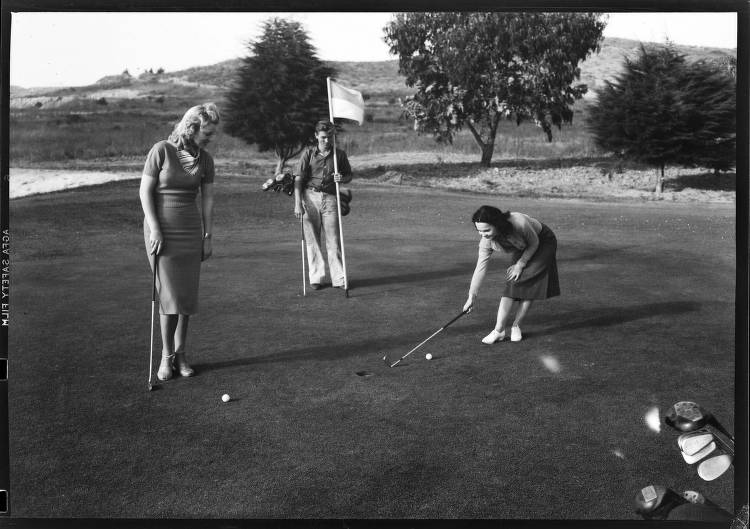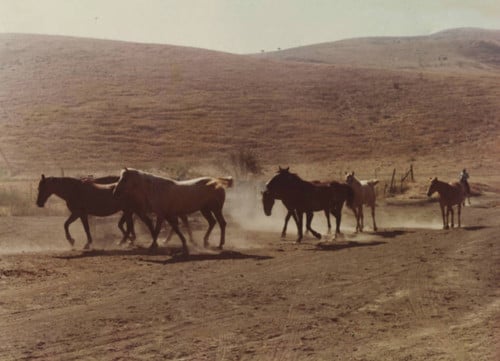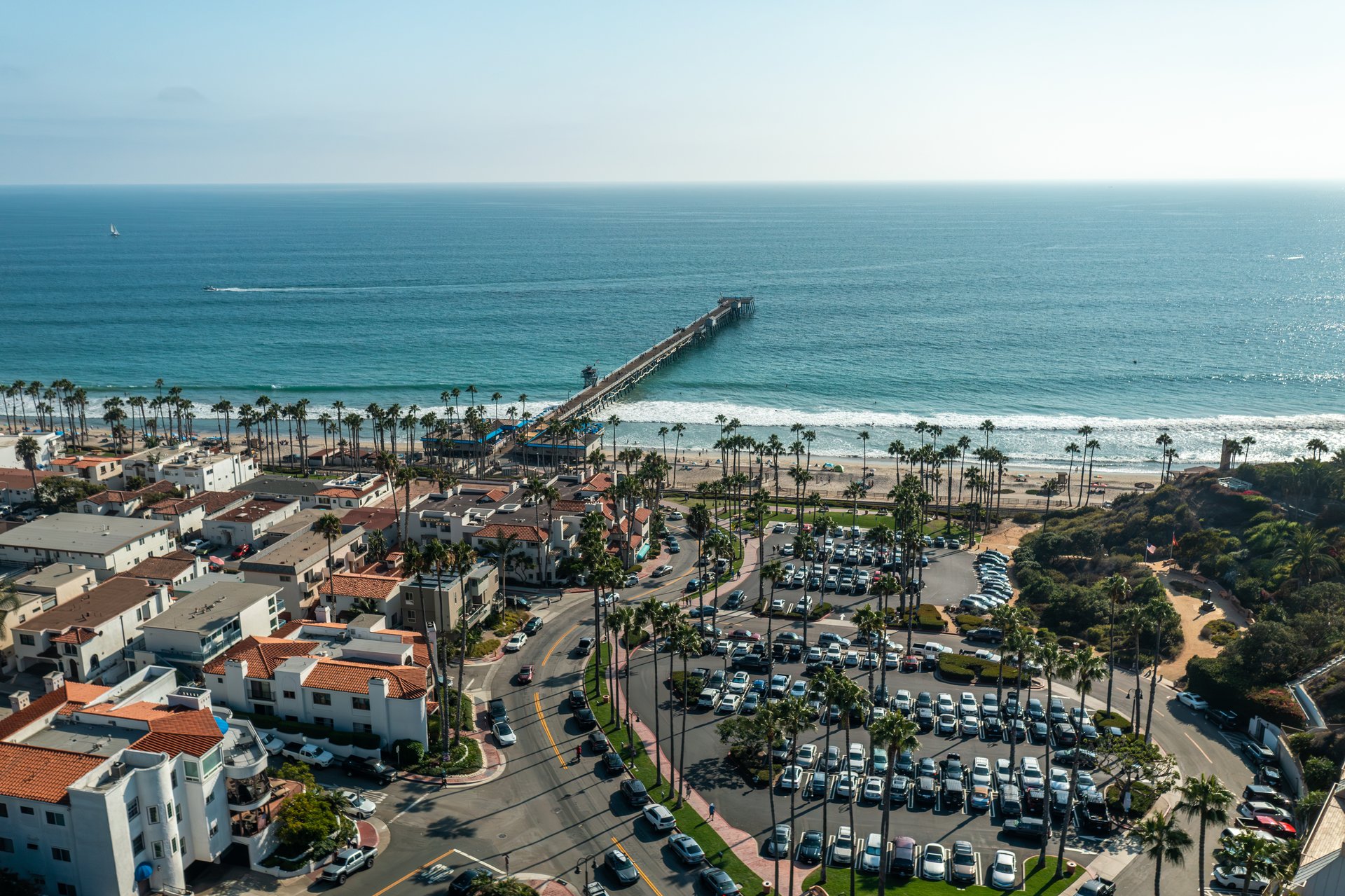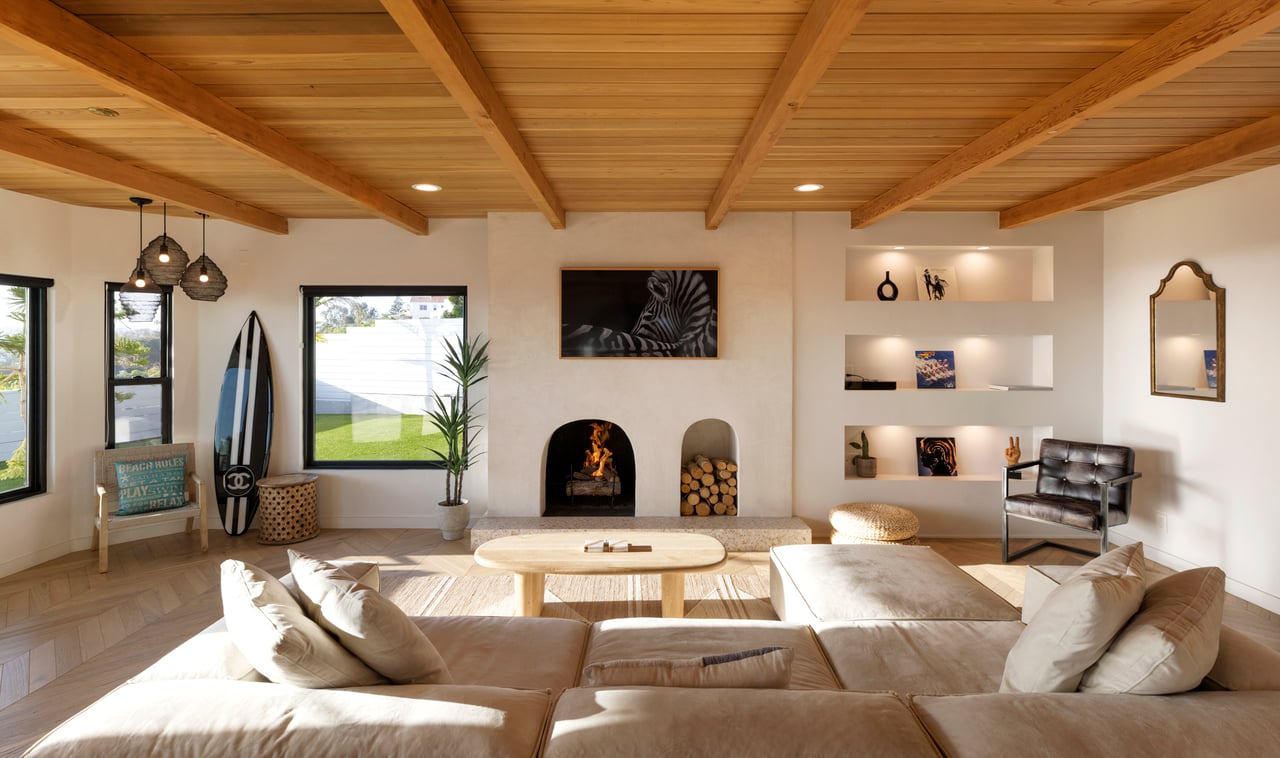The Story of Ole Hanson: How San Clemente Became the “Spanish Village by the Sea”
Imagine a blank canvas stretching five miles along the Pacific—oleanders swaying over a white-cliff bluff, red-tile roofs crowned with spires overlooking azure waves. This was Ole Hanson’s dream when, in December 1925, he pitched “Five miles of beach and over a mile wide…”—his vision for a master‑planned coastal haven inspired by Spanish architecture and community values.
Foundations of a Vision (1925–1928)
Hanson, a former Seattle mayor turned developer, traveled the country denouncing radicalism and promoting “Americanism,” before turning to real‑estate. In 1925, he purchased 2,000 acres south of Rancho Boca de la Playa, partnering with financier H.H. Cotton. At a free-chicken dinner under a tent, Hanson convinced early buyers to embrace his “Spanish Village by the Sea” concept.
By 1927, construction was underway. Roads curved with the land; sidewalks were tiled in red; white-stucco homes with tile roofs rose like brushstrokes across the hills.
Casa Romantica Takes Shape (1927–1934)
Hanson then commissioned architect Carl Lindbom to design his personal estate: a seven‑bedroom Spanish‑Colonial Revival home perched on a bluff overlooking today’s Pier. Completed in 1928, the house featured moon‑gate archways, tiled courtyard floors, an ornamental pool, and a tower for Hanson's study—every detail bespoke of his sweeping dreams.
Known first as the Hanson estate, it was later renamed Casa Romantica in 1946 and wins landmark status in 1991.
City by the Sea: Amenities & Architecture (1928)
San Clemente incorporated in 1928, with Thomas Murphine as Mayor—thanks in part to Hanson's insistence on design cohesiveness. What began as undeveloped coastal scrub quickly transformed into a community with:
- A public pier and beach club
- Olympic-sized pool
- School, baseball field, parks, tennis courts
- Equestrian trails and golf course—all in harmonious Spanish style.
Hanson’s dream wasn’t just about houses—it was civic infrastructure sculpted with intention.
The Great Depression Hits Hard (1929–1930s)
As the 1929 crash hit hard, San Clemente suffered fast. Many residents—including Hanson—faced financial ruin. Casa Romantica was foreclosed in 1934, the Spanish‑only building clause relaxed, and development slowed. Though the community faltered, Hanson’s architectural blueprint remained in the buildings that endured.
Revival & Preservation (1970s–Present)
The founding era saw over 500 Spanish-style structures built—today, just over 200 survive, thanks to local activism. When Richard Nixon purchased a bluffside mansion in the '70s, it brought renewed attention—and the loss of several historic homes galvanized efforts to preserve them.
In 1989, the city partnered with the San Clemente Historical Society to restore Casa Romantica, opening it as a cultural center and gardens in 2003.
A Legacy Living Today
Today, Casa Romantica continues to host concerts, lectures, art exhibitions, and weddings—celebrating the spirit of community through every oak-lined promenade and panoramic lawn.
Walk along Avenida Del Mar and you’ll glimpse the red tile roofs, arcades, and archways—the same elements Hanson laid out almost 100 years ago. His vision of a well‑planned, Mediterranean‑inspired community remains the foundation of San Clemente’s identity—a city that lives out his dream every day.
Resources & Further Reading
Casa Romantica Cultural Center & Gardens – History, tours, and events (https://www.casaromantica.org/)
San Clemente Historical Society – Archives, landmark preservation, and local history (http://www.sanclementehistoricalsociety.org/)
The San Clemente Story (booklet) – A concise narrative of the city’s founding
National Register Nomination: Casa Romantica (1991) – Official landmark documentation
